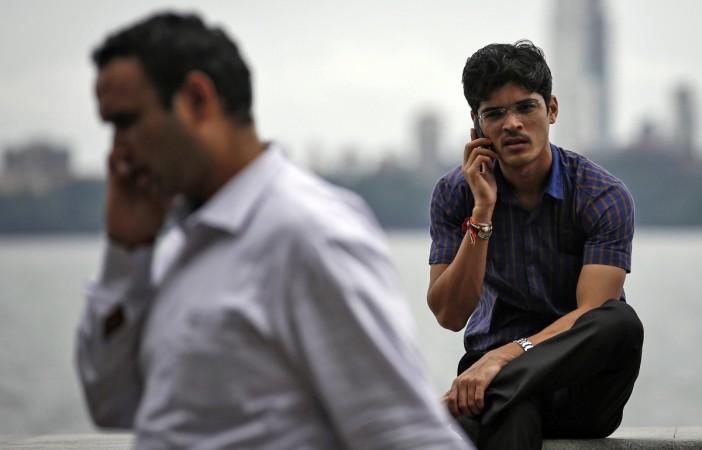
Telecom operators in India are using a radio-link technology (RLT), which shows a call as connected even as the network connection is lost or the user is not able to get voice from the other side, to "mask" their call-drops, reported Press Trust of India. Hence, calls that were earlier being cut/dropped as soon as one moved to a poor network area are now seemingly stay connected, even though there is no exchange of voices.
The reason for call drops still remains poor service quality due to the lack of requisite mobile towers and other issues, which require telecom companies' serious attention. However, after using RLT, the disconnection of a call now happens from the customer's side as he/she realizes a few seconds later of the break up in transmission lines.
The existing regulatory rules take only call drops seriously, but with the use RLT a new issue has cropped up. So what would now be experienced is not a call drop from the companies' side, but disconnection of call for lack of transmission by customers themselves.
"Telecom operators are using Radio-Link Technology which is helping them mask call drops while the consumer is being billed for the time he is on the call, although it can be said to be artificially connected to a network," an official source involved in testing of telecom networks told PTI.
In the recent regulatory clampdowns, the Telecom Regulatory Authority of India (TRAI) fixed penalties up to Rs. 2 lakh for poor service quality of telcos, inclusive of call drop issues. It said the telcos would be liable for penalty if it clocked more than 2 percent call drops in a quarter in any one particular telecom circle. TRAI had also proposed an immediate payback of Re. 1 to the account of the customer for every call drop experienced, which the country's top court later overruled.
"In such cases, the customer often disconnects call himself, which is not counted in call drops. If the call in such case is disconnected, the companies continue to charge customers," the source said.
The source also noted that this technology has, in fact, helped telcos register better revenues and portray improved service quality as calls dropped are being masked.

















